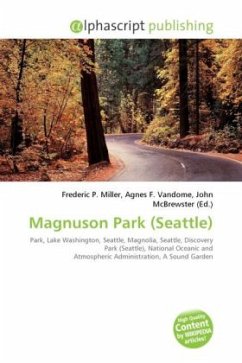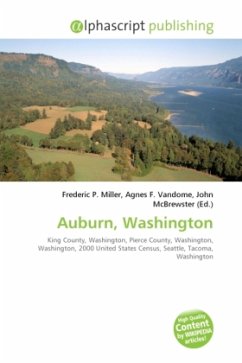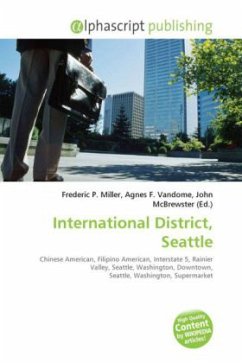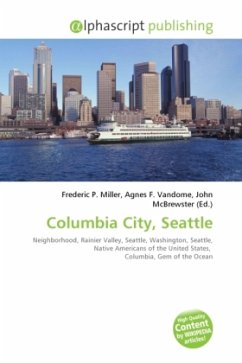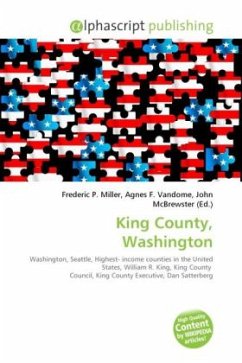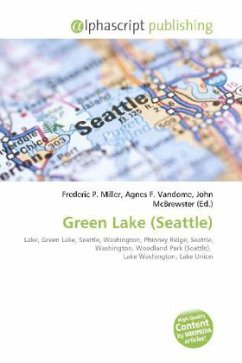High Quality Content by WIKIPEDIA articles! Magnolia is the second largest neighborhood of Seattle, Washington by area. It occupies a hilly peninsula northwest of downtown. Magnolia is isolated from the rest of Seattle, connected by road to the rest of the city by only three bridges over the tracks of the BNSF Railway: W. Emerson Place in the north, W. Dravus Street in the center, and W. Garfield Street the Magnolia Bridge in the south. It has been a part of the city since 1891. A good portion of the peninsula is taken up by Discovery Park, formerly the U.S. Army's Fort Lawton. Many of the houses near the water or on Viewmont house the more affluent populations of Magnolia. Magnolia is bounded on the north by Salmon Bay and Shilshole Bay of the Lake Washington Ship Canal, across which is Ballard; on the west by Puget Sound and Elliott Bay; on the south by Elliott Bay and Smith Cove; and on the east by Thorndyke, 20th, and Gilman Avenues W., beyond which is Interbay.
Bitte wählen Sie Ihr Anliegen aus.
Rechnungen
Retourenschein anfordern
Bestellstatus
Storno


